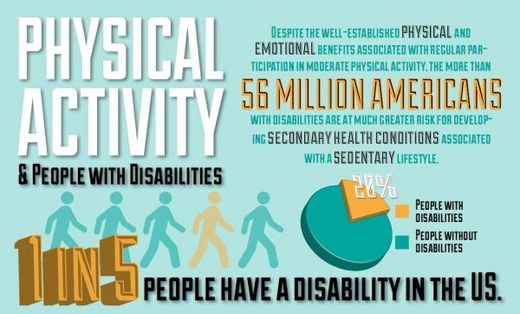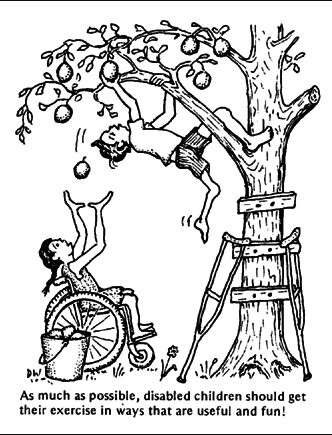This fifth chapter in the Autism’s Aspergers &sychology Special Report focuses on sport, disability, and other issues. This chapter considers sport and disability and examines recent research on sport, disability, advocacy and social action. It examines recent scientific research on disability and physical exercise, examines disability-related concerns and discusses various communication methods such as infographics. The final chapter examines the social experiences that people with different levels of disability who engage in sport.
Selecting an Activity for People With Disabilities
People with a sensory issue will have problems interacting in social situations that do not involve touching, such as interacting with fellow humans. This is important because people with sensory issues might also have visual impairments. They will need to be aware and alert at all times to avoid dangerous situations. People with visible impairments will have difficulty using certain physical tasks, like riding a bike.
Selecting an Activity for People With Disabilities
People with a learning Box Hill NDIS will usually not be able to learn to walk or even use a disability services Melbourne. They will also have difficulty using their hands properly. Some people may also have difficulty in following steps and performing routine activities. This may cause them to become frustrated or to perform tasks sporadically.
Different people have different requirements for their bodies. Someone with a heart condition may be harmed by high-impact sports. On the other hand, a football player may run faster because of his faster pace and ability to maintain his momentum. A soccer player may excel in the sport because of her physique, but she may have suffered from a back injury that limits her movements. These examples are due to differences in body composition.
- There are many different types of activities that you can engage in. There is no “one size fits all” approach. Most people can find the sport or activity they enjoy and that delivers the results they desire. Sports include softball, hockey, skiing and bowling, as well as track and field, swimming and hunting, snowboarding, surfing, and skating. Some disabled individuals may also take part in indoor sports, such as swimming, bowling, tennis, basketball, baseball and other games. Some disabled individuals may even be passionate about a particular sport or activity, regardless of its physical nature.
People should ensure they get enough sleep and that they get enough vitamins and minerals. People who are physically active tend to be more alert and have more energy. They are less likely to get sick from lack of sleep, such depression. Some people are more active than others depending on their medical conditions and personal preferences. People who experience difficulty getting enough sleep are often told to take vitamins every day to ensure they are getting enough rest.
For disabled people, it is important to know that they have as many options as the rest for exercising and staying fit. A personal trainer is a person who can help people with physical limitations to do everyday activities. A personal trainer can provide customized exercises and nutrition advice to help improve their health. It doesn’t necessarily require expensive equipment to engage in physical activity. It can be as simple as going for a walk or jogging around the neighborhood, or as involved as participating in an organized fitness program.
People should first consider physical therapy if they want to become more physically active. This is especially important for older individuals, who often have trouble maintaining their energy level and can become injured easily. Physical therapy can assist in rehabilitation and improve strength and flexibility. After a healing process, physical activity can improve balance and coordination.

